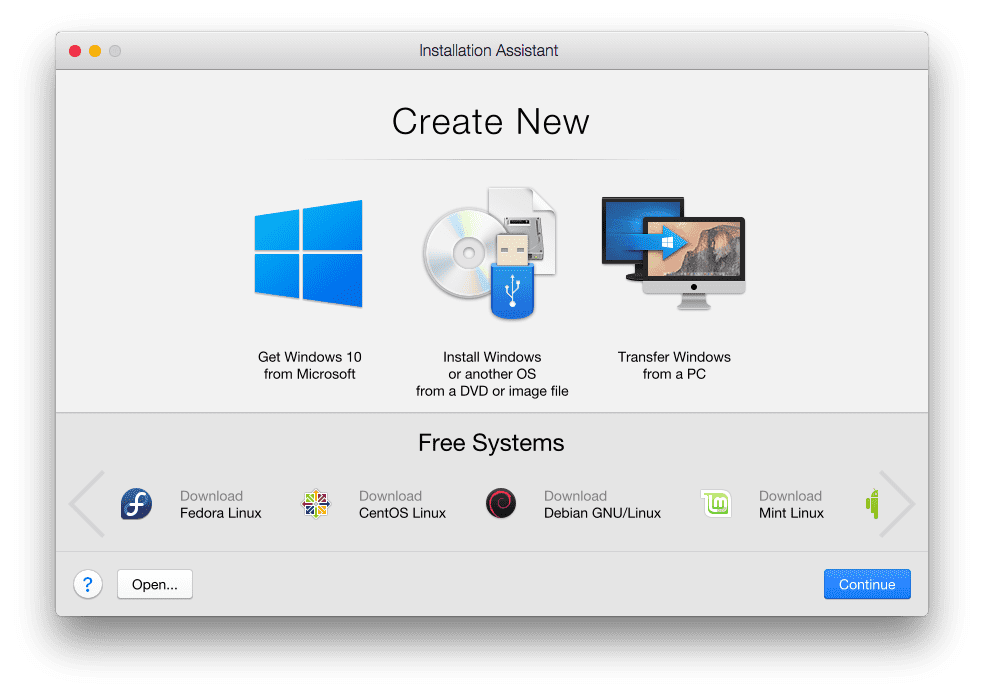

Here is a nice picture of QGIS (from a Linux container) running on my OSX desktop: You need to determine the IP address of your OSX machine and use it instead of the IP address listed after DISPLAY in the above command. You can mix in any standard docker options there - in this case I created shared volume between my OSX home directory and a /home/timlinux directory in the container. You can also avoid this daemon mode (that’s what we call programs that always run in the background and restart when the computer is restarted) by. to stop this from happening, and also to immediately stop MySQL.
How to run unix on mac mac#
Lastly I ran the QGIS docker container like this: docker run -rm -e DISPLAY=192.168.0.3:0 \ -i -t -v /Users/timlinux:/home/timlinux \ kartoza/qgis-desktop qgis Since we used brew services start mysql to start MySQL, your Mac will re-start it at reboot. Next I started kinematic, and pressed SHIFT-COMMAND-T to open a docker terminal. In X11 preferences in XQuartz, in the security tab, check both boxes: Next I started XQuartz (you can close the XTerm window that opens by default). It will run in the foreground waiting for connections and then pass them over to XQuartz. I started socat like this: socat TCP-LISTEN:6000,reuseaddr,fork UNIX-CLIENT:\"$DISPLAY\"

Ok so there are four steps we need to do to run our Linux app: Once the image is downloaded we are done with the basic setup and can kick over to running our Linux GUI application (obviously QGIS in this example). Now grab my QGIS desktop image for docker: docker pull kartoza/qgis-desktop I installed kinematic and then simply hit shift-command-t in order to get a bash shell with docker available in it. However there is a very nice (currently beta) docker client being developed for OSX called kinematic. Unfortunately docker does not run natively on OSX, and the whole boot2docker setup is probably quite difficult to explain to people. Just grab the package at and do the usual OSX procedure for installing it.
How to run unix on mac install#
Next we are going to install XQuartz - which basically gives you an X11 display client on your OSX desktop. Now install socat - a command line tool that lets you redirect sockets in unix like OS's - thankfully it runs in OSX too as it is a really neat tool! brew install socat Ok first install brew (an apt-like package manager for OSX).


 0 kommentar(er)
0 kommentar(er)
